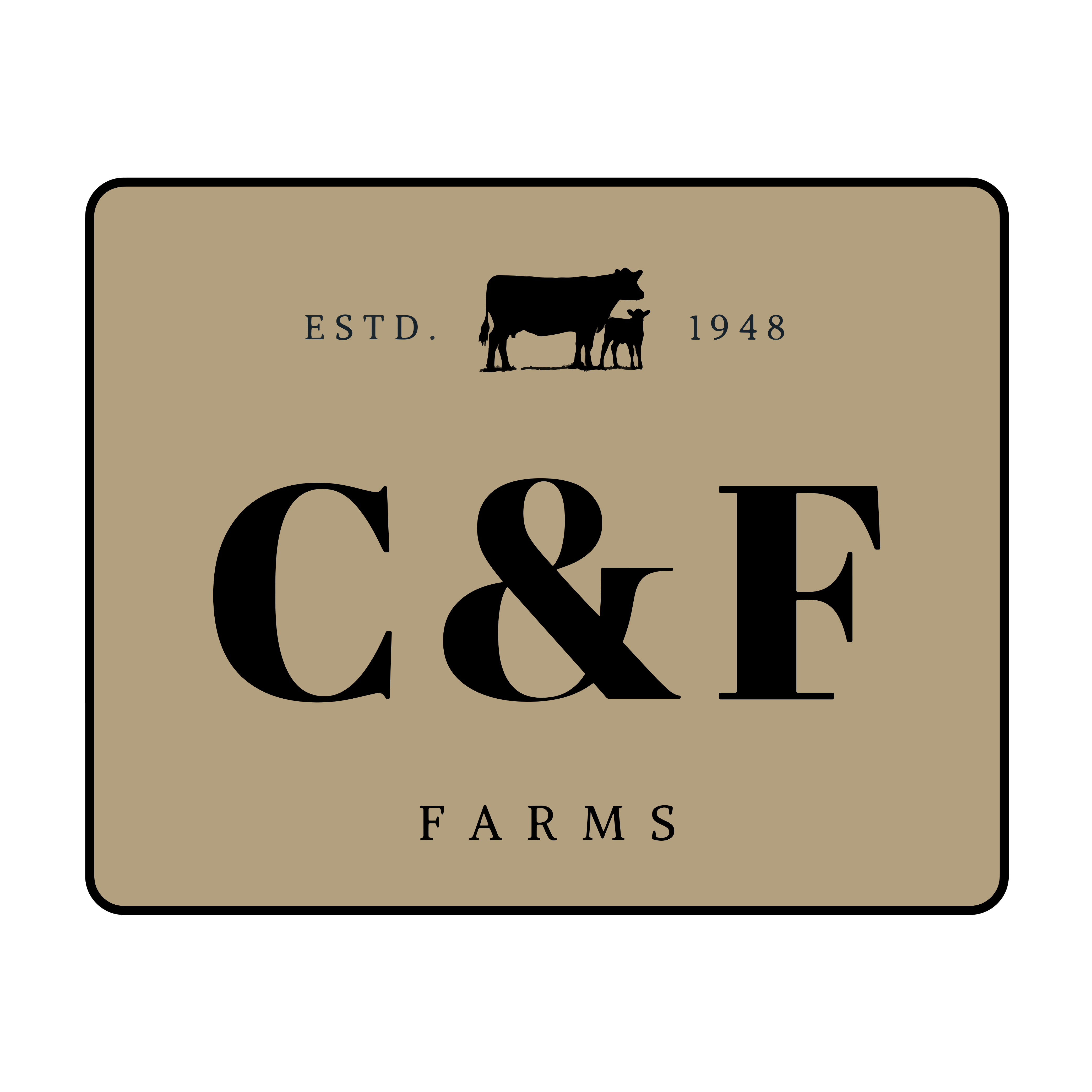What does it take to get GOOD grass-finished beef?
posted on
May 12, 2022
Quite often we have conversations with folks who ask about our grass finishing program and how we get our beef to the proper finish stage.
There does seem to be a misunderstanding of what it takes to get really good grass-finished beef. In fact, I had a conversation not too long ago with another farmer who has a small herd, a more conventional outfit where they grain-finish a few steers each year. And when I said we do grass-finishing he asked me "how I do that?" "what does that mean?" In his mind the only way to ‘finish’ an animal was to feed grain before slaughter.
So I just want to talk briefly (because I could talk about this for days), about some of the key aspects for us in getting the best quality of grass-finished beef.
We’ve heard from a lot of folks who are turned off of grass-finished beef because they’ve had it before and it was “no good” or “tough”. Which I do believe is many times the case, but I don’t think they have had GOOD grass-finished beef. My theory is that there have been producers in the past who have taken shortcuts and tried to sell their beef as grass-finished without putting in the proper time and care. Conventional, grain-fed, beef can be finished between 14-16 months of age because the excess fat created by the grain inputs speeds the fattening process up at an unnatural rate. For grass-finishing, our minimum age for a beef is 24 months, though often we find that somewhere between 26-28 months tends to be our sweet spot!
So, time. Time is so important to getting properly finished beef. And this is somewhere I believe producers sometimes cut corners and get inferior results from their “grass-finished” beef.
The other, and oh so important element is the forages and nutrients the cows are taking in. Again, I think there’s a misunderstanding that you can just put cows on some grass and they will finish themselves. There are a lot of factors that play into this so to keep this conversation simple I will just talk about forage diversity and palatability.
It has become a common practice for many farms to try and get their pastures to a monoculture with one variety of forage. To speak of weeds being in your pasture is the beginning of the end for your pasture for sure! Now I don’t know about you, but I don’t like to eat the same thing all day everyday…I like variety. So why wouldn’t cattle enjoy some variety as well? We have found that by utilizing high stocking density and allowing our pastures to flourish naturally our cattle are exposed to a wide variety of forages and they tend to enjoy many of them….even what some would call weeds…if the cows eat them I call them good! Sure, there are some things they don’t care for as much – but over time those tend to be pushed out as more popular plants grow in and take over. And often times these weeds are indicative of a larger, soil health problem we need to address…..but that’s it’s own post so we’ll save that for another time!
In fact, we currently planting a 6-way mix cover crop for summer grazing just to try and increase that diversity (while also helping our soil health!).
The other important factor I mentioned is palatability. If you’ve driven by those pastures before where the grass looks like a putting green at a country club….those cows aren’t enjoying the freshest grass possible. They’re pretty much eating the white nubs of grass down by the soil. So question is, do you like your greens to be white and tough or green and leafy? I know what the answer is for me…and it is the same for our cattle.
By utilizing rotational grazing we’re able to keep our cows on fresh grass daily. They don’t have to return to the area they soiled the day before or eat what’s left from the day before. They get a new buffet each day! And through this grazing technique we are able to get the cows off of the grass allowing it time to regrow and reach it’s peak palatability so that when they return and eat again they are enjoying the best buffet they can!
Not only do the animals just enjoy it more when it’s at peak palatability but also, they tend to eat more and get more nutrients out of the plants at this stage. It’s a tastier meal to them so their minds (much like mine when I’m eating something tasty) tell them to keep eating more! Also, when a plant goes beyond it’s peak palatability it begins to stagnate it’s growth and store more starch and less protein in it’s stems and leaves. High protein in plants (even when it’s baled as hay) are what help to keep cattle growing and a healthy pace and really put on the weight and fat we like to see. Starches do the same for them as they do for us….nothing but fill the hole!
I promised to wrap it up after those 2 points so I will stop there, but there are so many factors in getting high quality grass-finished beef. It takes a lot of time and hard work and there are many factors beyond those discussed here. If you have any questions or have a few days to kill and want to get really into the details of it all, give me a call! I’ll burn your ear off with it!



